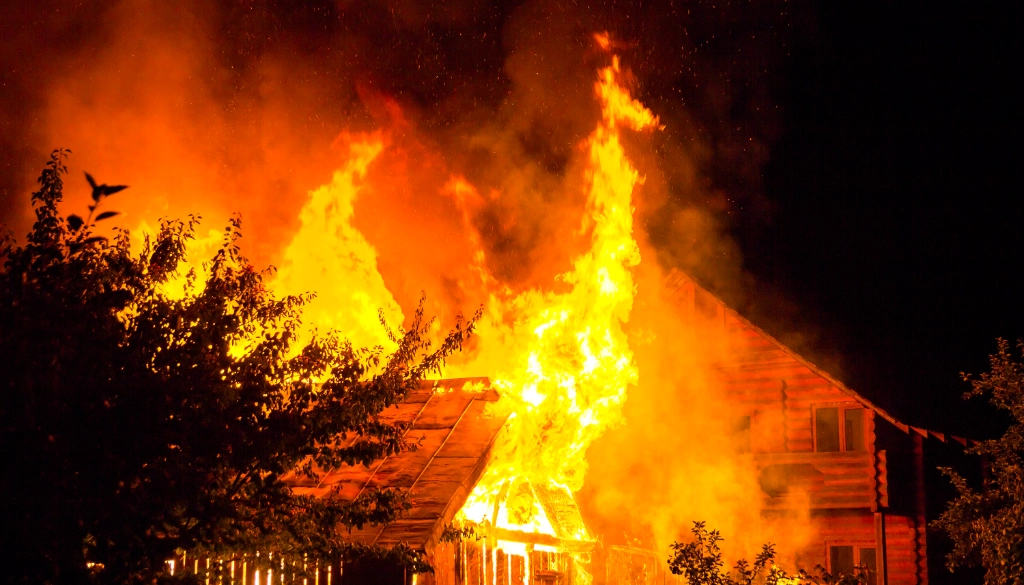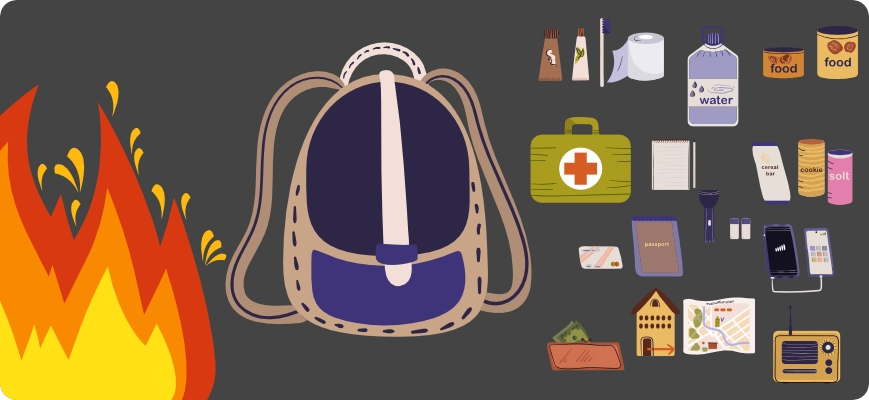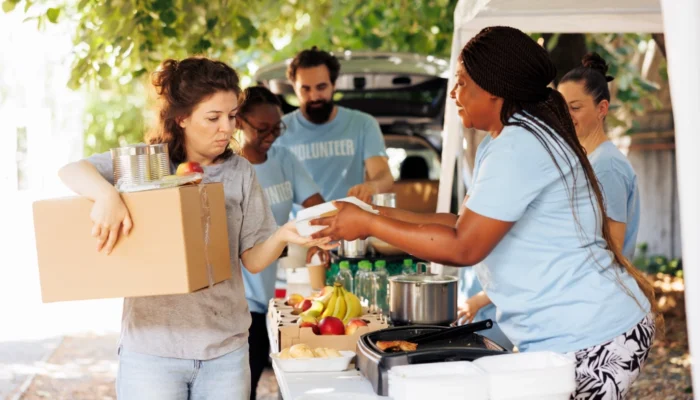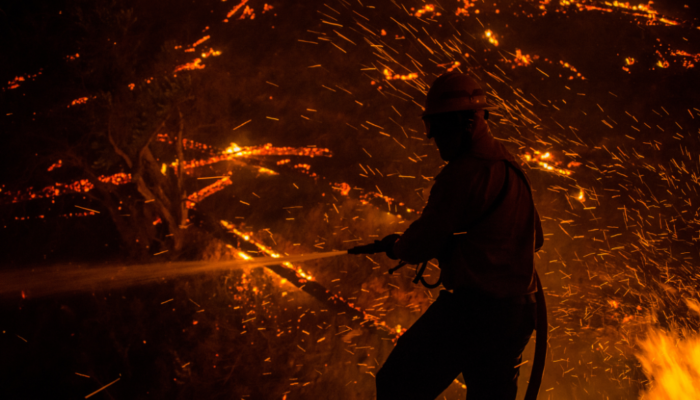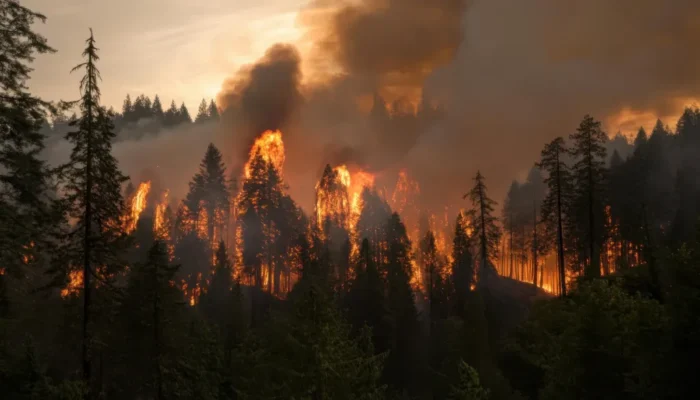Every year, wildfires become more frequent and more dangerous, especially in areas where communities live close to forests, grasslands, or brush-filled landscapes. These fires can start suddenly, spread quickly, and put families at serious risk if they are not ready to act fast. That’s why creating a strong and simple Family Wildfire Readiness plan can make all the difference when danger strikes. Being prepared before a wildfire happens gives your family more control, more safety, and more peace of mind when every second matters.
Creating a Family Wildfire Readiness plan is not something you should put off until the smoke is already in the air. It is a smart, thoughtful process that every family should take seriously, especially if you live in a wildfire-prone area. This article will guide you step by step, from understanding the wildfire risks in your area to preparing your home, building an emergency supply kit, making a communication plan, and practicing evacuation drills as a family. It will also cover special needs for children, seniors, and pets, because every family member deserves to be safe and protected in an emergency.
.
Table of Contents
ToggleUnderstanding Wildfire Risks in Your Area
The first step toward Family Wildfire Readiness is to understand how at-risk your home and community may be. Even if you haven’t experienced a wildfire before, that doesn’t mean you’re completely safe. Wildfires can be unpredictable, and dry weather, high winds, and nearby vegetation can turn a small spark into a fast-moving disaster. Local fire departments, state agencies, and national resources like the National Fire Danger Rating System can help you determine how likely wildfires are in your area.
You should pay attention to the types of trees, grasses, and brush around your home and neighborhood, as some plant types burn more easily than others. Also, learning about past wildfire history in your region can give you an idea of how frequently fires happen and how destructive they have been. Your county or city might also have wildfire maps, which show high-risk zones where evacuation orders are more common.
Once you understand your risk level, you can take smart steps to prepare. Don’t wait until the last minute, because during a wildfire, roads may be blocked, smoke may limit visibility, and emergency services may already be overwhelmed.
.
Creating a Family Emergency Communication Plan
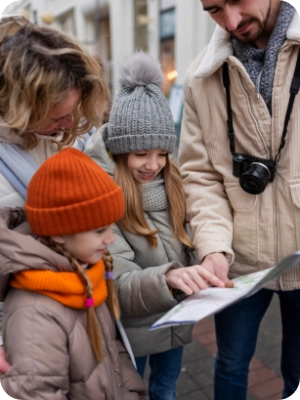
A wildfire can cause panic and confusion, especially if family members are in different places when a fire begins. That’s why it’s essential to make a communication plan before anything happens. A Family Wildfire Readiness plan must include a way to contact each other, a way to stay updated on emergency alerts, and a plan for where to meet if you get separated.
Start by writing down the phone numbers of all immediate family members, as well as an out-of-area contact who can help communicate between people if local phone lines are busy or cell towers are down. Every family member, including teens and older kids, should memorize this contact information or carry it on a card in their backpack or wallet.
It’s also important to choose at least two meeting places: one near your home, in case the emergency is small, and another farther away, in case you need to leave your neighborhood. Make sure everyone knows the addresses and how to get there safely. Practice these routes together so they become familiar and less scary in a real emergency.
Don’t forget to sign up for local emergency alert systems, such as community text alerts, weather apps, and the FEMA mobile app. These tools will notify you immediately if a wildfire threatens your area, giving you more time to act.
.
Assembling a Wildfire Emergency Supply Kit (“Go Bag”)
When a wildfire is approaching and you’re told to evacuate, you may only have a few minutes to leave your home. That’s why it’s so important to have an emergency supply kit—or “Go Bag”—already packed and ready. Your Family Wildfire Readiness plan should include a kit for every member of the family, as well as kits for your car and even your pets.
Each Go Bag should include at least three days’ worth of essentials, like water, non-perishable food, a flashlight with extra batteries, first-aid supplies, and any medications that family members take regularly. Personal hygiene items, extra face masks (especially for smoke protection), and changes of clothing are also necessary. Be sure to include copies of important documents like insurance papers, birth certificates, and health records in a waterproof folder.
If you have small children, include comfort items like a favorite toy or blanket, as well as diapers, wipes, and age-appropriate snacks. For elderly family members, don’t forget items like hearing aids, glasses, or mobility aids. For pets, include food, a leash, water bowls, and any medications.
Having these items ready in a bag you can grab at a moment’s notice will give you one less thing to worry about when the pressure is on and time is short.
.
Preparing Your Home and Property to Reduce Wildfire Risk
While you can’t stop a wildfire from spreading, you can take important steps to make your home less likely to catch fire. Defensible space is the area around your house where you’ve removed flammable materials and reduced the chance that a wildfire will reach your structure. Your Family Wildfire Readiness efforts should absolutely include creating and maintaining this space.
Start by clearing leaves, pine needles, and other dry materials from your roof, gutters, decks, and around your foundation. Keep your grass mowed low, and trim any branches that hang over your roof or touch the walls of your house. Move wood piles, propane tanks, and other flammable objects at least 30 feet away from your home if possible.
If you live in a wildfire zone, consider upgrading to fire-resistant building materials, especially for your roof, siding, and vents. Installing metal mesh screens over vents can keep embers from getting inside, which is one of the leading causes of home fires during wildfires.
Also, label your address clearly with reflective numbers so emergency responders can find your home even in low visibility. Keep hoses connected and ready to use, and make sure all family members know how to shut off gas and electricity in case you’re advised to do so.
.
Special Considerations for Children, Seniors, and Pets
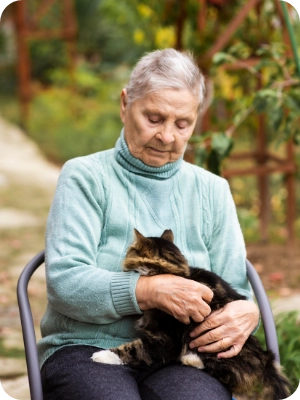
Not every family member can move quickly or respond calmly under stress, which is why your Family Wildfire Readiness plan needs to account for people with special needs. Children, elderly relatives, and pets all need extra time, attention, and planning.
Young children may not fully understand the danger, so talk to them about wildfire safety in a calm and age-appropriate way. Show them what a smoke alarm sounds like, how to stop-drop-and-roll if needed, and where to go during an evacuation. Practice with them so that the routine becomes familiar rather than frightening.
Seniors may have medical needs, limited mobility, or memory problems. Make sure they have a personal emergency plan, including a list of medications, emergency contacts, and instructions for caregivers. Keep walkers, wheelchairs, oxygen tanks, or other medical equipment packed or ready to load into the car quickly.
Pets are often left behind in emergencies because people panic or forget their needs. Always plan for your pets. Keep their carriers easily accessible, and attach a tag with their name and your phone number. If you’re going to a shelter, make sure it accepts animals—or know where pet-friendly shelters are located in your area.
By thinking ahead and planning for the unique needs of every family member, you increase your chances of evacuating smoothly and safely when every minute counts.
.
Practicing Evacuation Drills as a Family
Planning is only useful if everyone knows how to follow it when a wildfire emergency actually happens. That’s why it’s so important to practice evacuation drills together as a family. These drills should include gathering your emergency supplies, reviewing your escape routes, and meeting at your designated locations.
You don’t need to make it scary or stressful—just treat it like a serious practice, similar to fire drills at school or work. Start by pretending you’ve received an alert to evacuate. Each family member should go through the steps of grabbing their Go Bag, helping others if needed, and leaving through the safest route you’ve planned. Try doing the drill at different times of day, so you’re ready for emergencies that happen at night, early in the morning, or when you’re not all home together.
After each drill, take a few minutes to talk about what went well and what could be improved. Did you forget anything? Did anyone panic? Did you have trouble finding the route? Make changes to your Family Wildfire Readiness plan as needed, and keep practicing until the steps feel automatic.
Doing these drills regularly—every few months or at the start of fire season—helps your family stay confident and ready to act under pressure.
.
Conclusion
Wildfires are a frightening reality, but your family doesn’t have to face them unprepared. With a thoughtful and complete Family Wildfire Readiness plan, you can reduce the danger, act more quickly, and stay safer if a fire threatens your home. By understanding your area’s wildfire risk, creating a strong communication plan, packing an emergency Go Bag, preparing your home, accounting for special needs, and practicing evacuation drills, you are giving your family a better chance of getting through the worst moments safely.
Don’t wait until you see smoke in the sky. Begin your Family Wildfire Readiness planning today, while you have time, calm, and control on your side. Taking action now could be the reason your family stays safe when wildfire danger becomes real.
